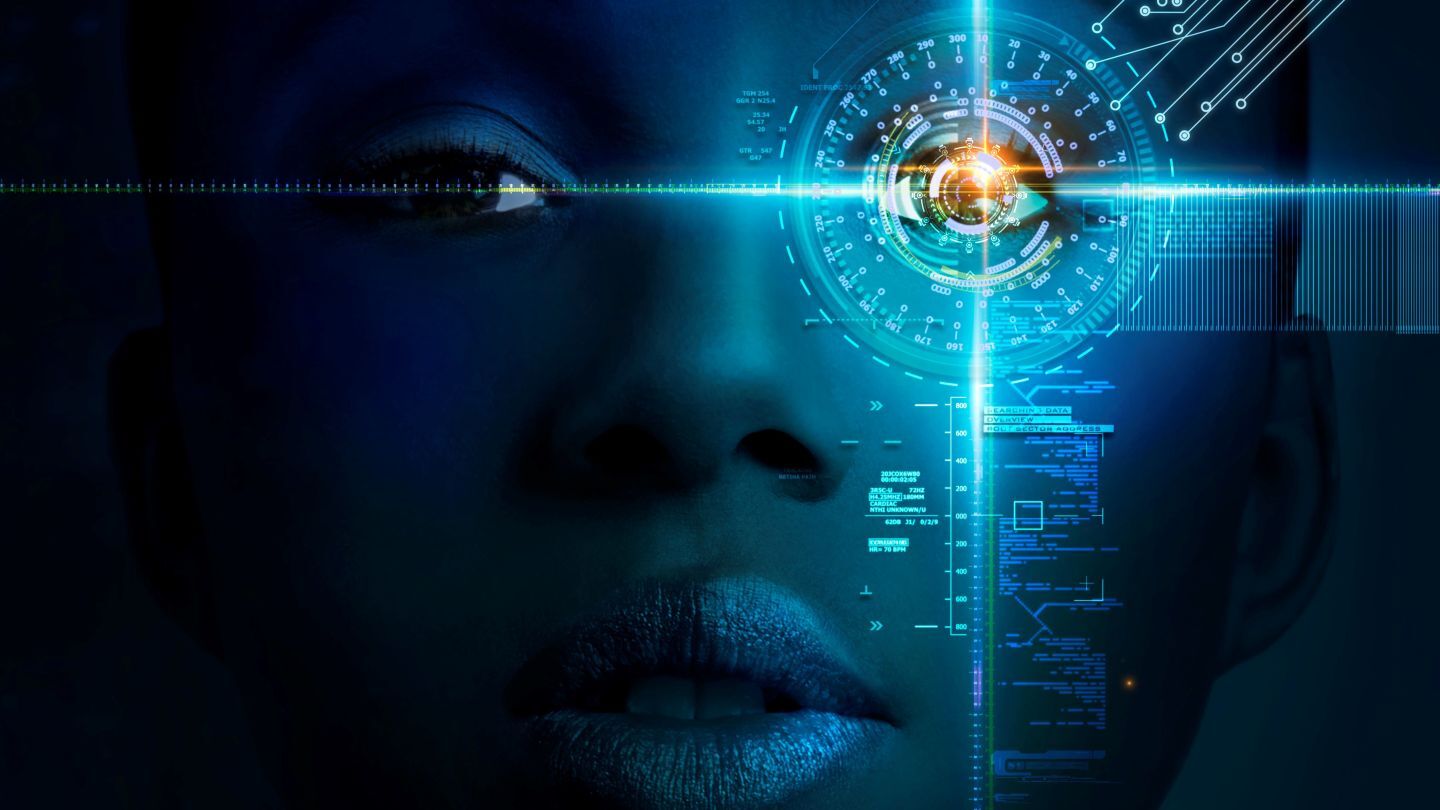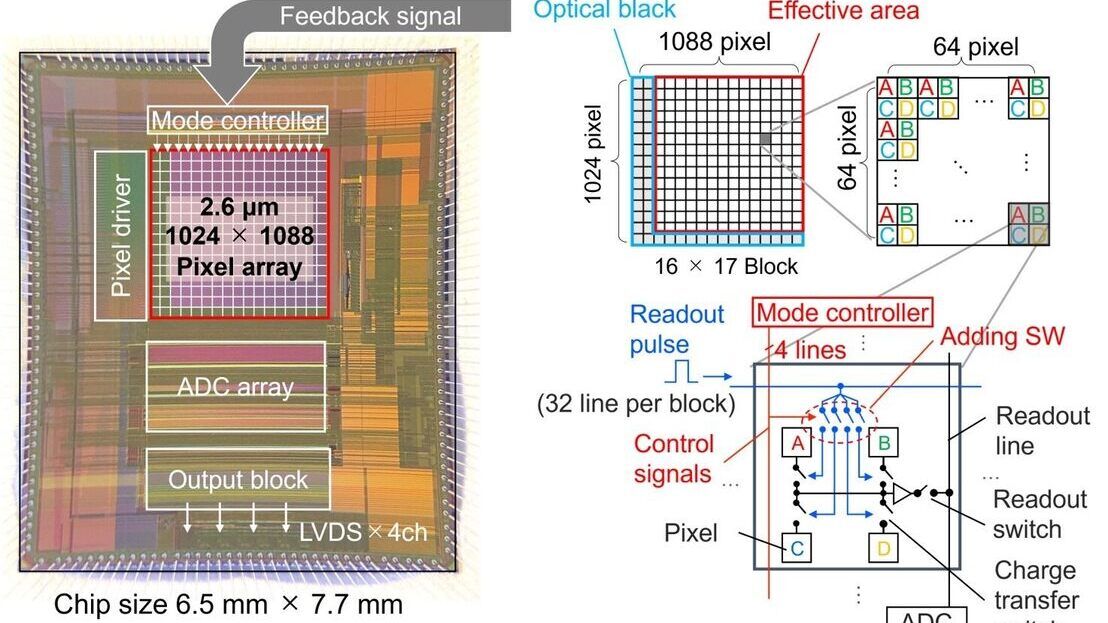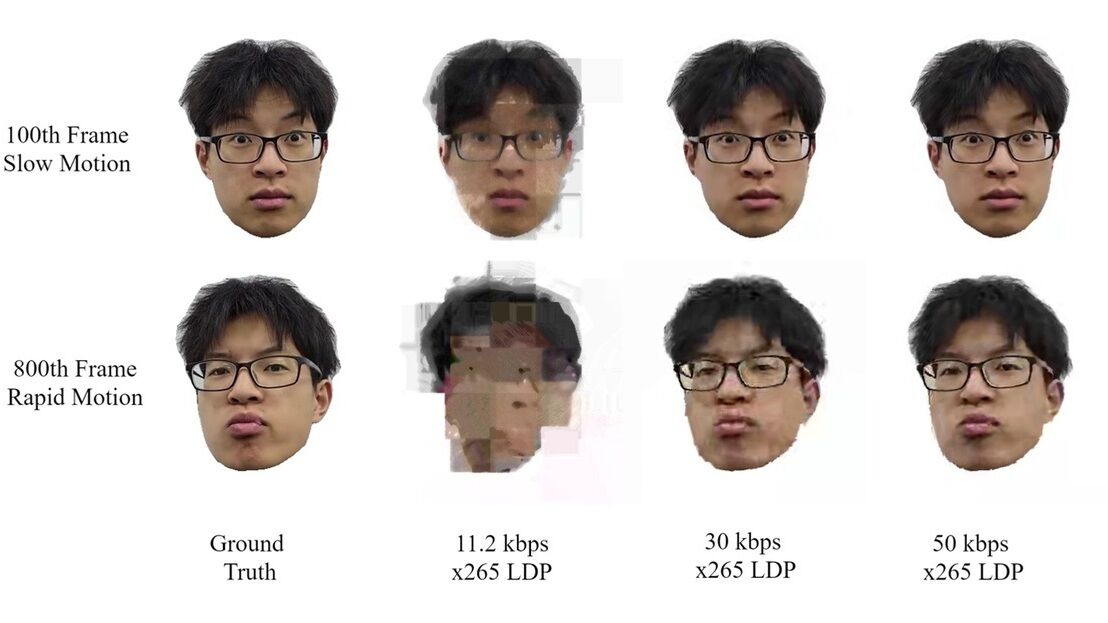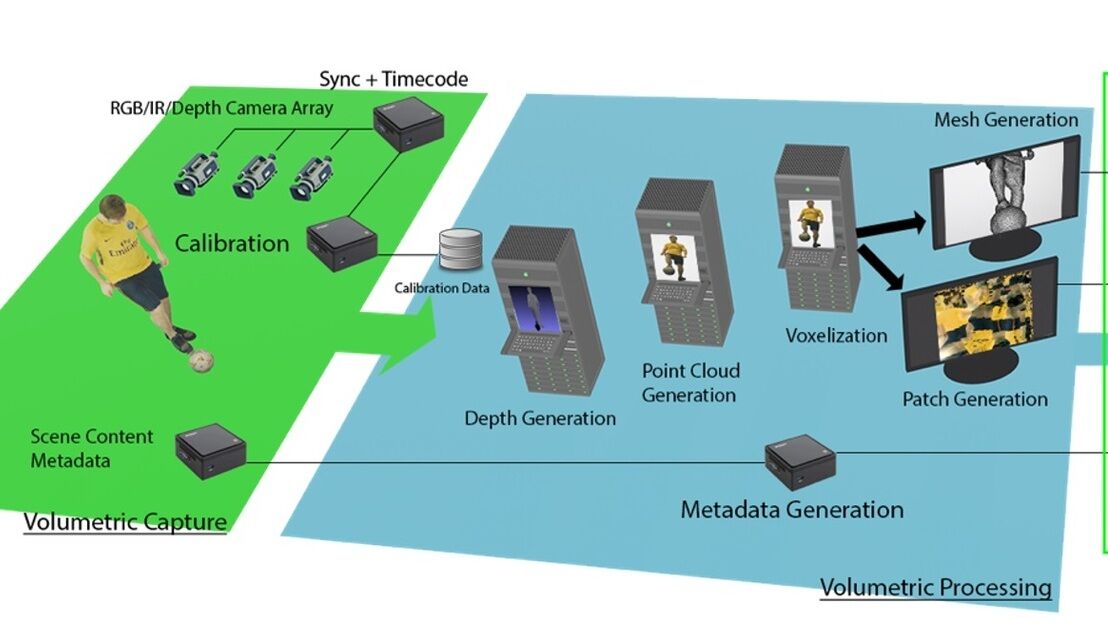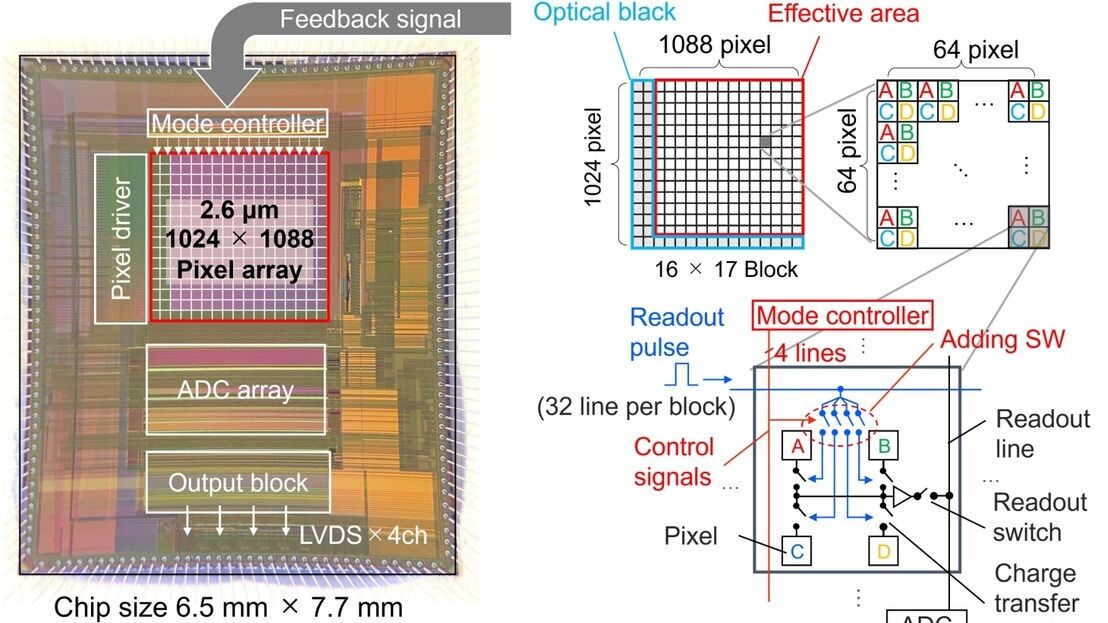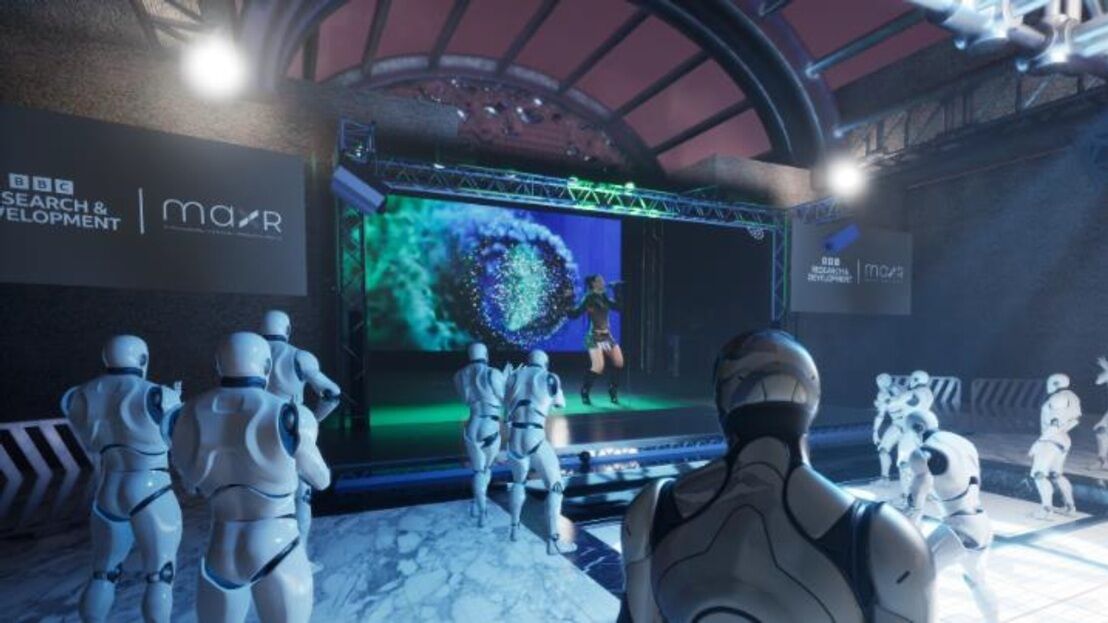This paper offers a comprehensive overview of state-of-the-art volumetric video methods based on neural radiance fields, including their respective advantages and drawbacks.
Over the past decades, video consumption and video devices have become widespread globally. In 2014, mainstream virtual reality headsets marked a pivotal moment for 360° video accessibility. Advanced immersive devices, like the Apple Vision Pro as well as smartphones and tablets with advanced spatial capabilities can now provide users with real-time 6 Degrees of Freedom (6DoF) navigation experiences. However, the lack of engaging content is hindering potential applications in areas such as training and entertainment. Volumetric video is a promising solution. However, its production poses challenges, such as the need for natural 3D+t reconstruction, coding, and rendering, which still require intensive computational resources.
In 2020, the ground-breaking Neural Radiance Field (NeRF) paper introduced a new way to generate natural free-viewpoint renderings of real scenes from sparsely captured views. Follow-up research has led to faster and more flexible methods, such as the widely used 3D Gaussian Splatting. However, these approaches require independent models for each frame, posing a challenge for volumetric video representation. To address temporal limitations, extensions of radiance field techniques use temporal redundancy to create a compact, temporally consistent, and editable volumetric video representation.
This paper offers...
Exclusive Content
This article is available with a Technical Paper Pass
Opportunities for emerging 5G and wifi 6E technology in modern wireless production
This paper examines the changing regulatory framework and the complex technical choices now available to broadcasters for modern wireless IP production.
Leveraging AI to reduce technical expertise in media production and optimise workflows
Tech Papers 2025: This paper presents a series of PoCs that leverage AI to streamline broadcasting gallery operations, facilitate remote collaboration and enhance media production workflows.
Automatic quality control of broadcast audio
Tech Papers 2025: This paper describes work undertaken as part of the AQUA project funded by InnovateUK to address shortfalls in automated audio QC processes with an automated software solution for both production and distribution of audio content on premises or in the cloud.
Demonstration of AI-based fancam production for the Kohaku Uta Gassen using 8K cameras and VVERTIGO post-production pipeline
Tech Papers 2025: This paper details a successful demonstration of an AI-based fancam production pipeline that uses 8K cameras and the VVERTIGO post-production system to automatically generate personalized video content for the Kohaku Uta Gassen.
EBU Neo - a sophisticated multilingual chatbot for a trusted news ecosystem exploration
Tech Papers 2025: The paper introduces NEO, a sophisticated multilingual chatbot designed to support a trusted news ecosystem.

